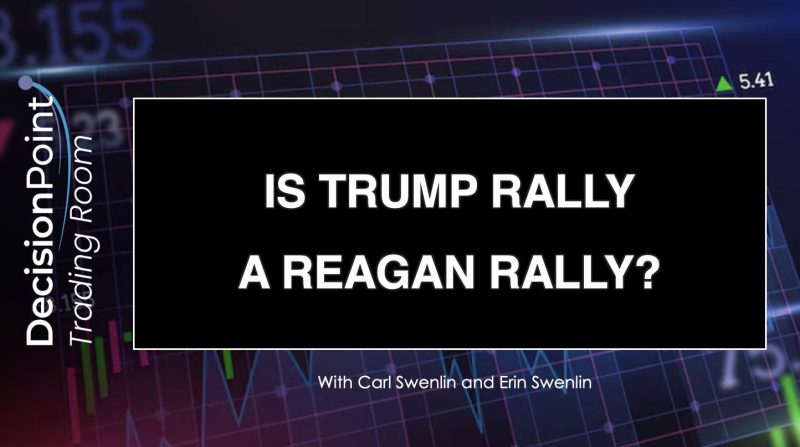
Comparing Trump’s Rally to Reagan’s: A Match in Crowds and Cheers?
The dynamics of political rallies have always been a fascinating subject for historians and political analysts alike. One of the most intriguing comparisons that has emerged in recent years is the parallel drawn between the Trump rally phenomenon and the Reagan rally phenomenon.
Both Donald Trump and Ronald Reagan are iconic figures in American political history, known for their charismatic leadership styles and ability to connect with their supporters on a personal level. The comparison between their respective rallies is based on the enthusiasm and energy that they were able to generate among their supporters, often drawing large crowds and creating a sense of excitement and momentum.
One of the striking similarities between the Trump and Reagan rallies is the appeal to a specific segment of the American population. Reagan’s rallies in the 1980s were known for attracting working-class Americans, many of whom felt disenfranchised by the political establishment at the time. Similarly, Trump’s rallies during his presidential campaign in 2016 and beyond resonated strongly with disaffected voters who felt overlooked by the mainstream political parties.
Another key similarity between the Trump and Reagan rallies is the use of rhetoric and messaging that emphasized themes of patriotism, American exceptionalism, and a promise to restore the country to its former glory. Both leaders tapped into a sense of nostalgia for a perceived golden age in American history and presented themselves as outsiders who could shake up the status quo and bring about meaningful change.
In terms of the actual rally experience, both Trump and Reagan were able to create a sense of excitement and energy that was palpable among their supporters. Whether it was through fiery speeches, catchy slogans, or memorable moments that energized the crowd, both leaders knew how to work a room and leverage the enthusiasm of their supporters to their advantage.
Of course, there are also differences between the Trump and Reagan rallies. While both leaders were able to generate a fervent following, the political and social context in which they operated was different. Reagan’s presidency came at the height of the Cold War and a period of economic uncertainty, while Trump’s presidency was marked by a highly polarized political climate and the rise of social media as a dominant force in shaping public opinion.
In conclusion, the comparison between the Trump rally phenomenon and the Reagan rally phenomenon offers valuable insights into the enduring popularity of charismatic leaders who are able to captivate audiences and mobilize support through energetic and emotionally charged rallies. While the specific contexts may differ, the fundamental dynamics of political rallies remain a powerful tool for political leaders to connect with their supporters and rally them behind a common cause.
